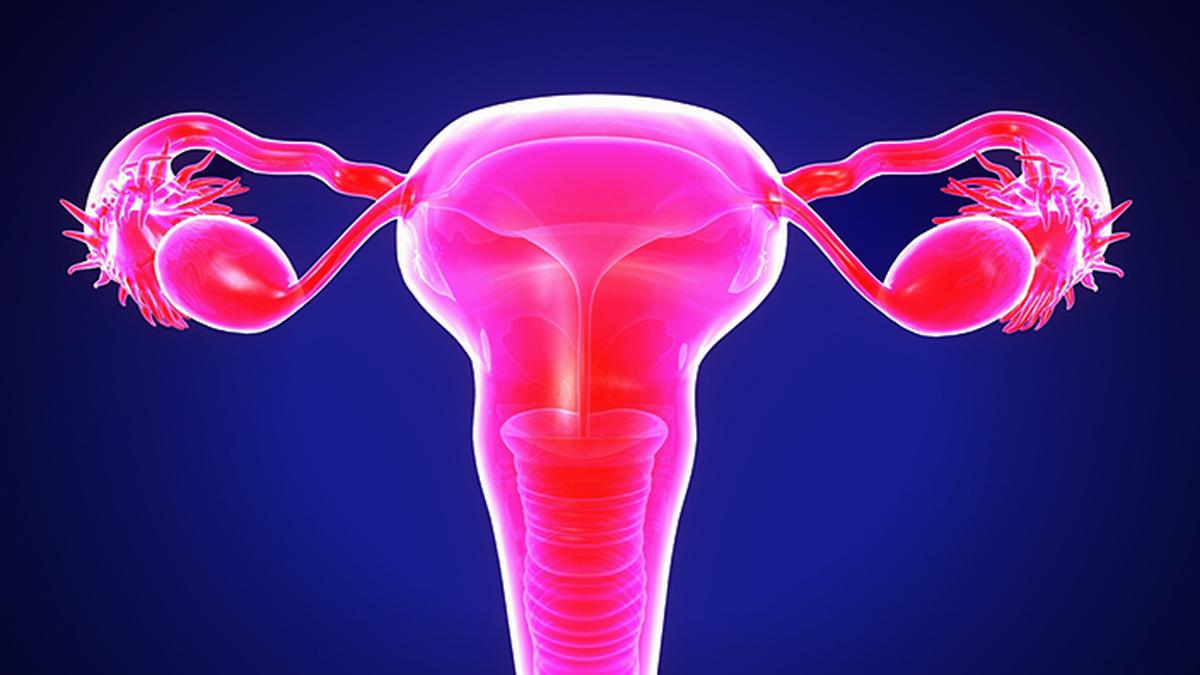Uterine cancer, once considered a relatively unusual gynaecological malignancy in India, is now a silent but significant health concern. Over the past decade, its incidence rate has increased, driven by changing lifestyles, increased life expectancies, obesity, diabetes and hormonal effects.
Dangerously, recent cancer studies suggest that the occurrence of uterine cancer in urban India has almost doubled since 2020, and women in their 40s and 50s are increasingly affected, when compared to the traditionally-expected postmenopausal age group. Despite this, awareness is low, and symptoms such as abnormal uterine bleeding are often ignored or incorrectly diagnosed as for benign reasons. But the good news is that the treatment landscape is undergoing a rapid, paradigm shift, with better accuracy in treatment, rapid recovery rates, and improved, better qualities of lives for patients.
Surgical treatment evolution
Historically, open abdominal hysterectomy with a huge scar, often with full pelvic lymph node dissection, was the main basis of surgical management. These procedures were associated with significant pain, blood loss, infection risk, long hospital stay, and delays in return to daily activities.
The last 15 years have seen a change towards minimally invasive surgery (MIS), initially through laparoscopy and, recently, with robotic surgery. Robotic surgical platforms provide surgeons unmatched dexterity and increased 3-D visualisation, enabling accurate dissection in challenging anatomies.
For uterine cancer, robotic surgery provides many benefits, including small incisions and minimal tissue trauma; low blood loss and reduced postoperative pain; reduced period of hospital stays as patients are discharged within 24 hours; a rapid return to work and daily life and oncological safety equal to open surgery
In addition, technologies such as ICG-directed sentinel lymph node mapping have replaced extensive lymph node dissection in select cases, dramatically reducing the risk of lymphedema (lower limb swelling) and other long-term complications.

Lymph node mapping
An important paradigm changes in the treatment of uterine cancer is the adoption of sentinel lymph node biopsy (SLNB). Using the Indocyanine Green (ICG) dye and near-infrared fluorescence, doctors can now identify and remove only the first draining guardian lymph nodes of the uterus —which are most likely to harbour the cancer cells. This targeted approach has many benefits: unnecessary removal of dozens of normal lymph nodes is avoided; postoperative inflammation, nerve injury and lymphatic leaks are avoided and it improves recovery speed and long-term mobility
SLNB is now recommended by leading cancer societies worldwide, and its integration with robotic surgery has made it technically easier and enhanced outcomes.

Beyond the scalpel
While surgery is the main treatment for early phase uterine cancer, integration of multimodal remedies is redefining results for advanced or high-risk disease. These include:
Radiation advances: Modern image-directed radiation therapy (IGRT) and intensity-concentric radiation therapy (IMRT) have changed old, less precise techniques. They allow for better planning, which reduces side effects such as bowel or bladder injury.
Chemotherapy protocol refinement: Today, chemotherapeutic drugs and supportive care supplements have improved tolerance and reduced hospitalisation rates.
Targeted treatment and immunotherapy: The arrival of molecular profiling has helped identify the subgroups of uterine cancer that respond to targeted remedies such as Her2 inhibitors and immune checkpoint inhibitors (e.g., Pembrolizumab for MSI-high tumors). These therapies provide new hope for patients with recurrent or treatment-resistant disease.

Personalised cancer care
Molecular classification has redefined how oncologists understand and treat uterine cancer. Instead of a one-size-fits-all approach, patients are now stratified into molecular subgroups with individual prognosis and treatment reactions. This allows oncologists to tailor the intensity of adjuvant treatment, avoid overtreatment in low-risk groups, and offer state-of-the-art drugs for high-risk molecular profiles.
Such personalisation techniques are expected to improve the rates of survival by reducing side effects.
Another important development is the recognition of reproductive-sparing options in select young women with initial stage, low-grade disease. Hormonal therapy under close monitoring allows these women to become pregnant later—without compromising existing care.
The increasing availability of robot platforms in tertiary cancer centers is an advantage, improving access to care. With the relatively quick recovery period, many women can avoid extended hospitalisation and its related socio-economic burden. Day-care robotic hysterectomies are becoming a reality, especially for early stage uterine cancer, enabling same-day discharge—a concept that was almost unimaginable a decade ago.
Late presentation challenges
Despite these advances, late presentation remains a major challenge. Many women ignore abnormal bleeding or attempt to self medicate, leading to diagnosis only in the advanced stages when treatment is more complex and results are less favourable.
A national strategy involving: public awareness campaigns; training primary care physicians to recognise early warning signs; making advanced diagnostics and surgery accessible in tier-2 and tier-3 cities are all critical to tackling this burden.
Treatment of uterine cancer is in the midst of a silent revolution: from an invasive, one-size-fits-all approach to minimally invasive, targeted, personalised care. Robotic surgery, sentinel lymph node mapping, molecular profiles, and novel remedies have changed the results, offering women not only their lives back, but quality, dignity, and hope.
(Dr. Priya Kapoor is consultant, surgical oncology, Apollo Proton Cancer Centre, Chennai. drpriya_kapoor@apollohospitals.com)
Published – August 26, 2025 04:00 pm IST
